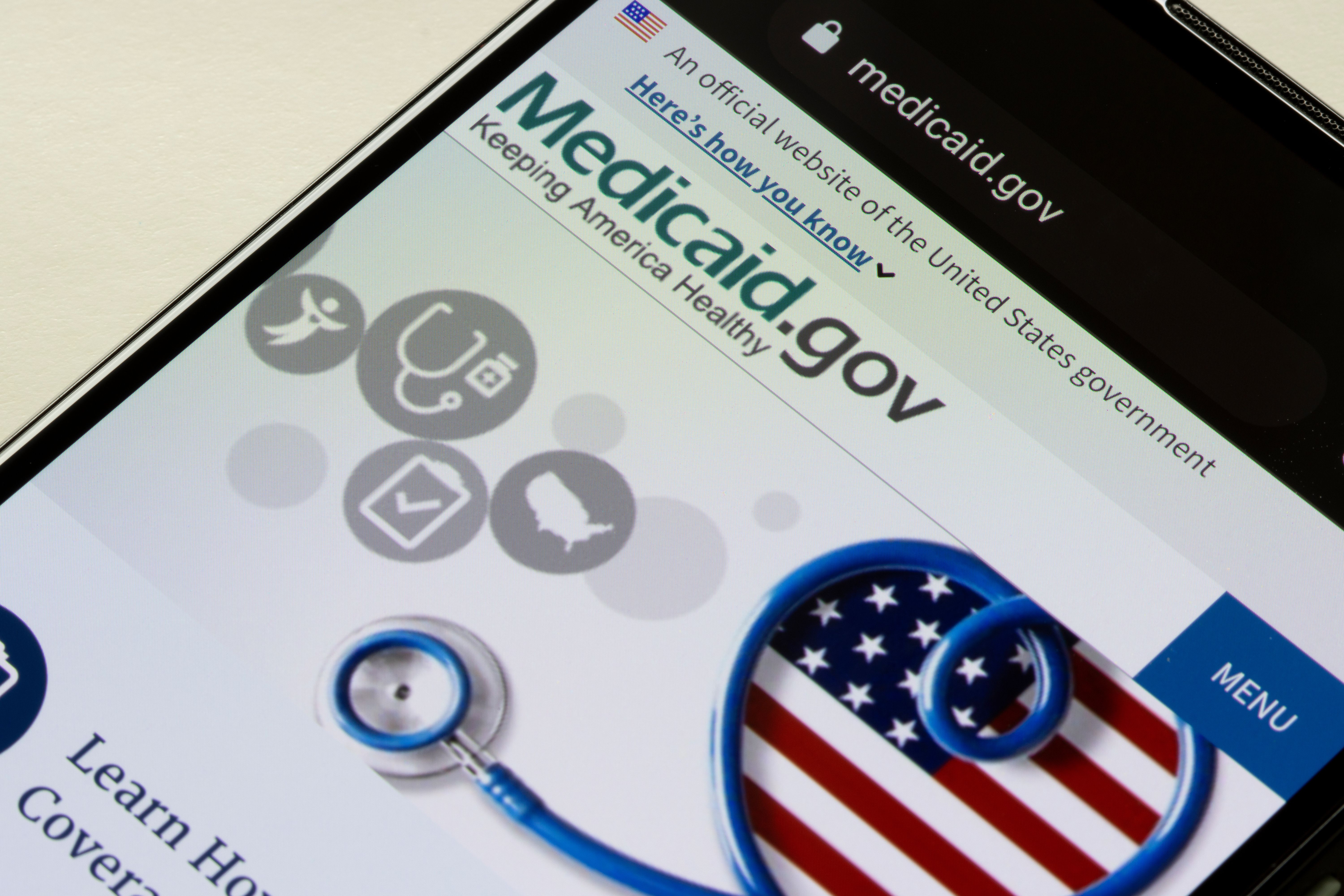Video
Dr Patrick Conway Discusses the Move to Value-Based Care
While the pace of payment reform is moving quickly, Patrick Conway, MD, MSc, deputy administrator for innovation and quality and chief medical officer at CMS, said he thinks about how to maintain that pace.
While the pace of payment reform is moving quickly, Patrick Conway, MD, MSc, deputy administrator for innovation and quality and chief medical officer at CMS, said he thinks about how to maintain that pace.
Transcript
What gap does the new Accountable Health Communities ACO model fill, and how does it advance HHS’ move to value-based care?
The gap that Accountable Health Communities fills is really linking the social determinants of health with the clinical delivery system. So we’re making an investment at the community level to build that connection. There are 3 tracks that are increasing levels of investment and engagement for patients and consumers.
But the way I describe it to people: imagine a patient who may have multiple social needs—housing, food insecurity, other issues—this will help them connect with those social services that provide those social needs. And there is an evidence base that this is likely able to decrease healthcare costs.
So it’s really linking the social services and the public health system with the clinical care delivery system at the community level.
How do you see the pace of payment reform moving? What are your biggest causes for optimism and concern?
I think we see the pace of payment reform moving quickly right now. I think the shift to alternative payment models, where providers are accountable for quality and total cost of care, has moved more in the last 3 years than we’ve ever seen before.
The question is: how do we maintain that pace? How do we learn what’s working and scale those successes? And how do we learn from various models? So those are the types of things I think about.
The things to think about in terms of concerns or things that could slow down progress are if there are negative unintended consequences in given communities and states. Additionally, I think we always need to invest in supporting providers and communities on this transition. So whether it’s technical assistance or data or information, how do we support the care transformation process?

Navigating Sport-Related Neurospine Injuries, Surgery, and Managed Care




